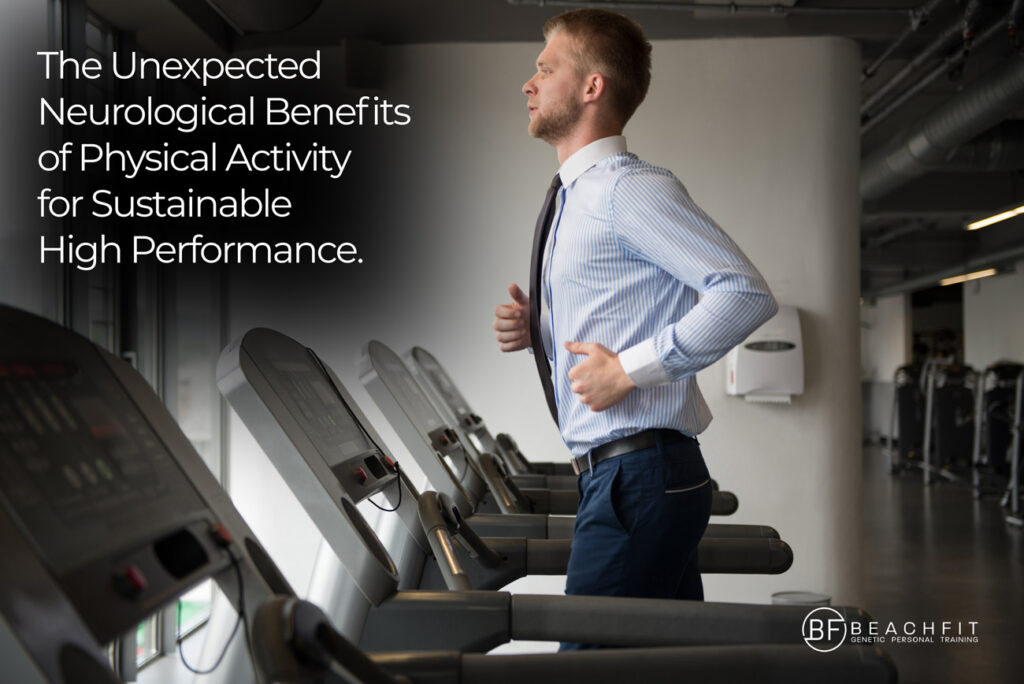The Unexpected Neurological Benefits of Physical Activity for Sustainable High Performance
Fitness. When we hear the word, we often think about #FitGirls, or Crossfit, or other forms of intense physical activity that only a few of us would sincerely enjoy. So why would an organization invest in gym subscriptions for their employees?
I am a neuroscientist specialized in sustainable high performance, and I’ve been facilitating masterclasses on The Neuroscience of Stress for almost a decade. It always surprises me that the neurological benefits of physical activity are have not yet made it into our collective awareness. Exercise contributes, not only to physical wellbeing, but also to creating and maintaining sustainable high performing teams.
How does that work?
Let’s start with the obvious.
Life is stressful, and work even more so. Employees are dealing with constantly changing work environments, and continuously increasing workloads. This means that their stress response is active. All. The. Time. We know that stress can kill you, if not managed correctly. Adding a sedentary lifestyle (i.e. lack of exercise) into the mix, makes things exponentially worse.
Obesity, cardiovascular disease, high blood pressure, type 2 diabetes, high cholesterol, depression and anxiety are all more likely in people with high levels of stress and low levels of physical activity. This is a fairly depressing statistic, but as opposed to some of our other health risks, we actually do have a certain amount of control over how things pan out for us here!
The brains of people who exercise regularly become less reactive to stress. Being less reactive to stress means your physiological stress response is activated less frequently, which has massive health benefits and literally means you become more resilient in dealing with stressful situations. In addition to that, physical exercise changes your brain. You create new connections between brain cells, which makes you more effective and efficient in processing information. It improves communication between brain areas by impacting neurotransmitter functioning. And lastly, it stimulates the production of a something called brain-derived neurotrophic factor (BDNF). This is incredibly important, because BDNF stimulates survival of brain cells. This means that you can slow down the aging process in your brain, simply through exercise!
I cannot think of a more compelling reason to find some sort of exercise regimen, and for companies to offer (group) gym subscriptions to their employees. In all honesty, I don’t like working out. But the neurological benefits, combined with the fact that I was lucky enough to find a trainer who looks at my body type, my motivation, and my personal goals to find an exercise regimen that fits into my way of life, has made all the difference!



